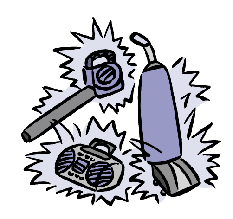
Responding to a human pandemic will likely require communities to try and keep people from gathering in groups to help slow the spread of the infection, including keeping children home from school and childcare.
All USDA Food and Nutrition Service nutrition programs normally use some face-to-face contact in order to provide food benefits, but child nutrition programs are completely dependent on providing meals to groups of children in schools and childcare.
FNS has authority to operate school and childcare meals programs only when children are in attendance so providing food to vulnerable children that receive free and reduced price meals requires alternative strategies. A human pandemic is likely to receive a Presidential disaster declaration, which provides FNS with the authority needed to approve State requests for a Disaster Food Stamp Program (DSFP). This will be FNS' primary nutrition assistance response to a human pandemic because it provides:
- greater authority for a flexible response to a pandemic.
- food that can be consumed at home rather than in congregate settings.
- maximum benefits for low income families with children to help compensate for the loss of free and reduced price school and child care meals.
- extra or extended benefits to current participants that can be electronically added to the food stamp benefit card without face-to face contact.
- rapid food assistance to newly eligible families experiencing financial hardships as a result of the pandemic.
In special circumstances if retailers are not operational, FNS could also consider approval of a limited disaster household commodity distribution program; however, traditional disaster congregate feeding will not be a viable solution due to social distancing measures.
Flexibilities already exist in some of the nutrition assistance programs that could support social distancing measures during a human pandemic such as mailing or electronic transmission of benefits. Find out more about specific program flexibilities:
 Print
Print Email
Email







